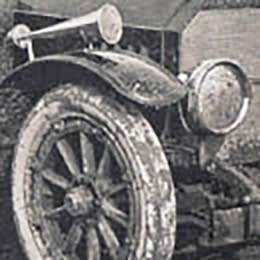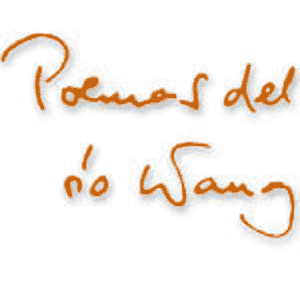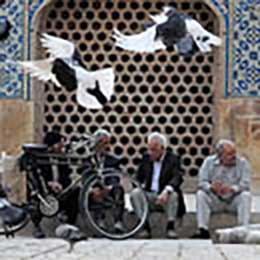
Sotto questo titolo si è pubblicato il 17 novembre il numero speciale del National Geography sulla Russia. Oh, scusa, non in questo novembre. Esattamente cento anni fa, nel 1914.

Ma il titolo era altrettanto attuale allora che adesso, e anzi di più. La ricerca degli ultimi decenni conferma sempre di più, che in contrasto ai luoghi comuni della propaganda dopo 1917, la Russia prebellica stava davanti a uno sviluppo economico e sociale molto promettente, il quale fu arretrato e portato fuori strada prima dalla guerra, e poi dalla rivoluzione.
 Lenin dirige fuori strada la classe contadinesca, la quale in questo momento ancora solo ride di lui
Lenin dirige fuori strada la classe contadinesca, la quale in questo momento ancora solo ride di luiEdited by Gilbert H. Grosvenor, this special issue for the first time provided a detailed overview for the American public on Russia’s geography, history, economy, customs, traditions and its future in prospect, which he considered extremely bright. He thought that by the late 20th century Russia will be able to provide with food half the world’s population, while increasing its own population to 600 million. He quotes Tocqueville: “There are at the present time two great nations in the world … the Russians and the Americans … Their starting-point is different, and their courses are not the same; yet each of them seems marked out by the will of Heaven to sway the destinies of half the globe.” Of this one prophecy he did not have to be disappointed.
 “Where race suicide has never been heard of … The Russians are noted for their fecundity …” This proves enough, that the special issue was not published now.
“Where race suicide has never been heard of … The Russians are noted for their fecundity …” This proves enough, that the special issue was not published now.The magazine illustrated with a hundred great black-and-white photographs the extensive text, which is so informative, that today’s National Geographic really could take it as an example. It even included sixteen color images, which sounds surprisingly premature at this time – but if you look better, the sixteen pictures were hand-colored.

The black-and-white images and text of the special issue can be browsed in its entirety here.
























Add comment